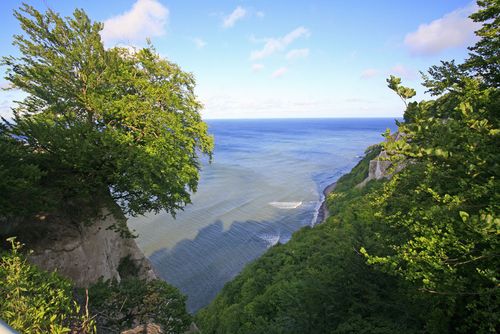Preserving Cultural Heritage Rights: A Global Responsibility
When we talk about cultural heritage, we refer to the traditions, customs, and artifacts that belong to a specific community. It is something that is passed down from generation to generation and is an essential part of identity. However, the preservation of cultural heritage is not just a local responsibility; it is a global responsibility.
Cultural heritage is facing numerous threats, including natural disasters, environmental degradation, urbanization, and armed conflicts. These threats could result in the physical destruction of cultural heritage sites and loss of cultural heritage artifacts. Also, social, political, and economic changes could threaten the intangible cultural heritage of communities.
The United Nations Educational, Scientific, and Cultural Organization (UNESCO) is the lead agency in promoting the preservation of cultural heritage. UNESCO has designated different sites, such as the Great Barrier Reef in Australia and the Statue of Liberty in the United States, as World Heritage Sites, which means that they are of significant cultural and natural importance to the world.
The preservation of cultural heritage has various economic and social benefits. It attracts tourism to a particular destination, which boosts the economy, creates jobs, and enhances the quality of life for the local community. It also promotes social cohesion and encourages mutual respect for other cultures.
The first step towards the preservation of cultural heritage is to recognize that it is a global responsibility. This responsibility should be shared between governments, local communities, and private organizations. Governments need to establish policies and laws that protect cultural heritage, while local communities should take ownership and responsibility for their cultural heritage. Private organizations, such as non-governmental organizations, museums, and private collectors, play a significant role in the preservation of cultural heritage.
It is essential to involve the community in the preservation of cultural heritage. The community has the knowledge and expertise to preserve their cultural heritage and should be encouraged to use and develop this knowledge. Also, the community should be involved in the decision-making process, especially concerning the management of cultural heritage sites.
Finally, the preservation of cultural heritage requires collaboration and cooperation among different stakeholders. Partnerships between governments, local communities, private organizations, and international agencies, such as UNESCO, can promote a coordinated approach towards the preservation of cultural heritage.
In conclusion, the preservation of cultural heritage is a global responsibility that requires a collective effort from different stakeholders. The recognition that cultural heritage is a valuable asset should be promoted, and policies and laws that protect cultural heritage should be established. Also, the involvement of the community in the preservation of cultural heritage and collaboration among different stakeholders are essential for the preservation of this valuable asset.
(Note: Do you have knowledge or insights to share? Unlock new opportunities and expand your reach by joining our authors team. Click Registration to join us and share your expertise with our readers.)
Speech tips:
Please note that any statements involving politics will not be approved.
